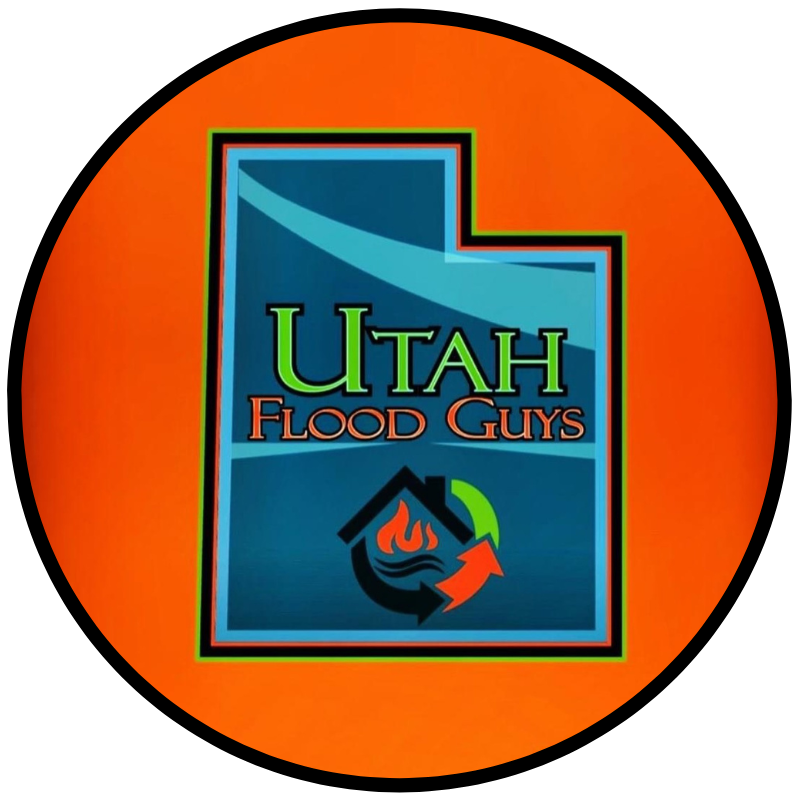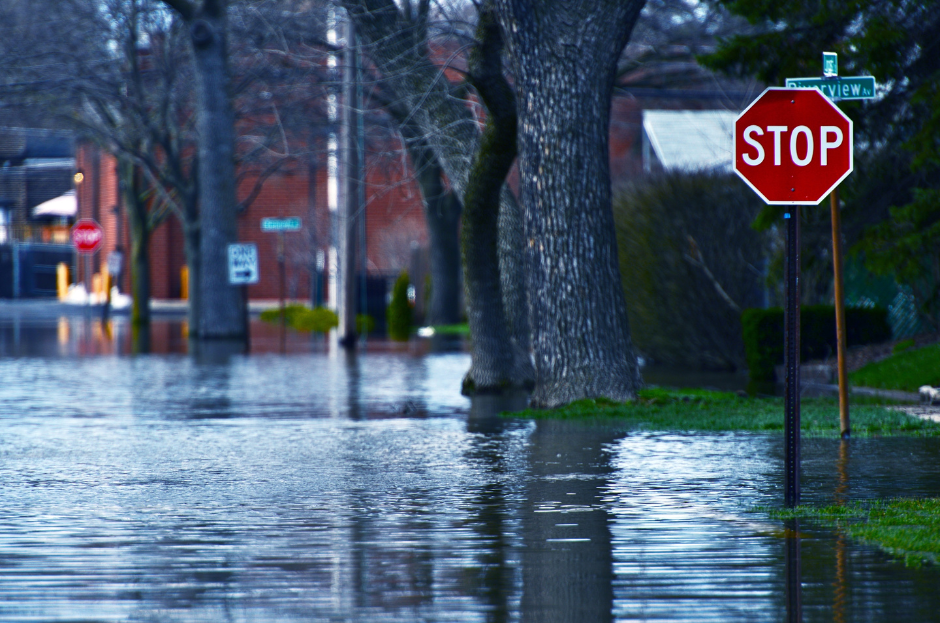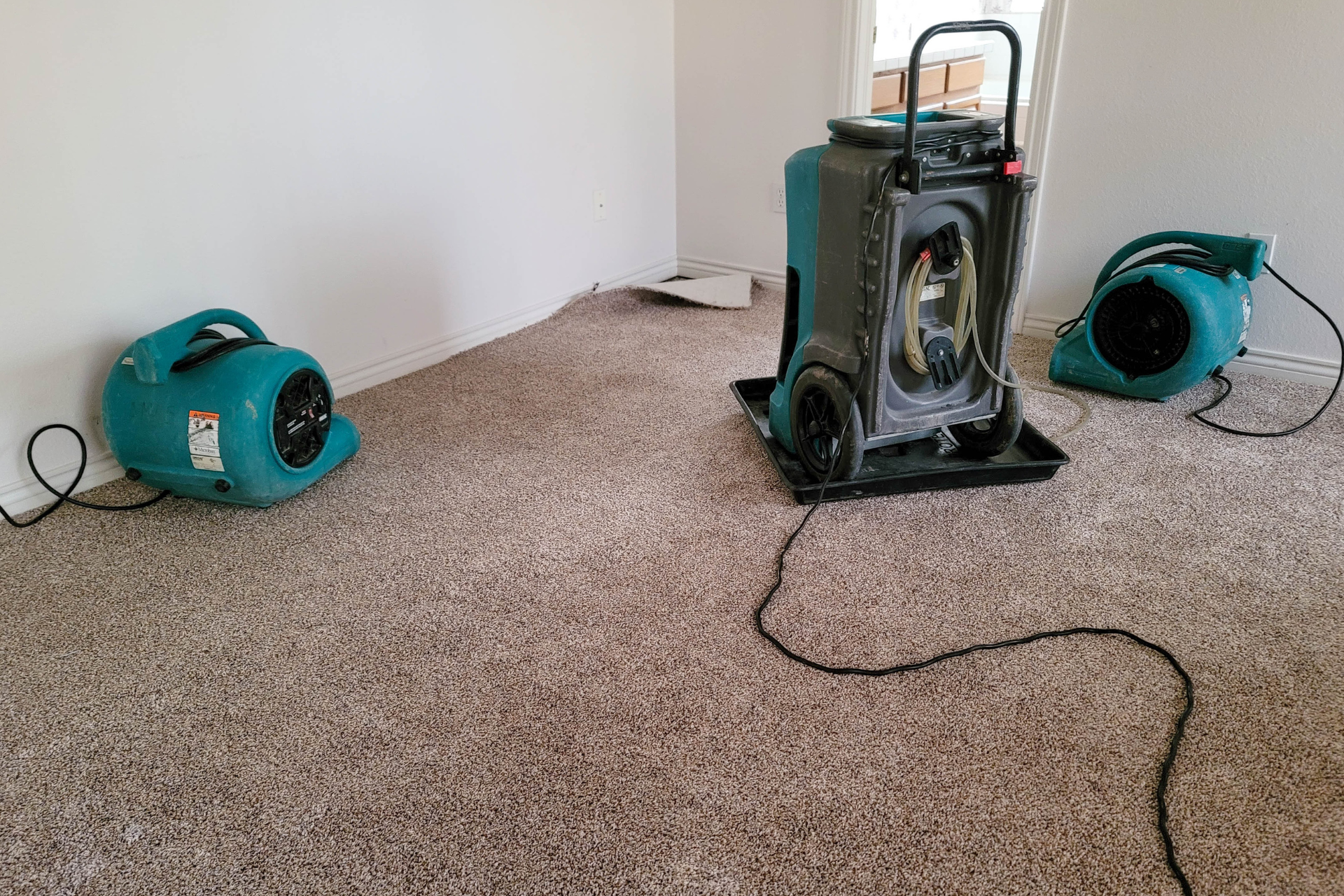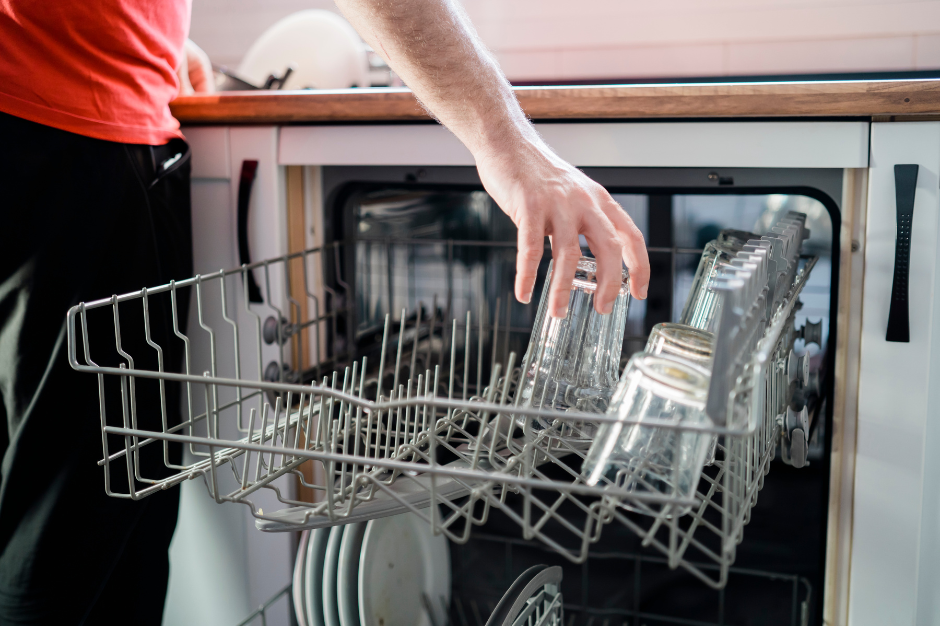Kitchen Safety Tips: Preventing Cooking Fires in Your Utah Home
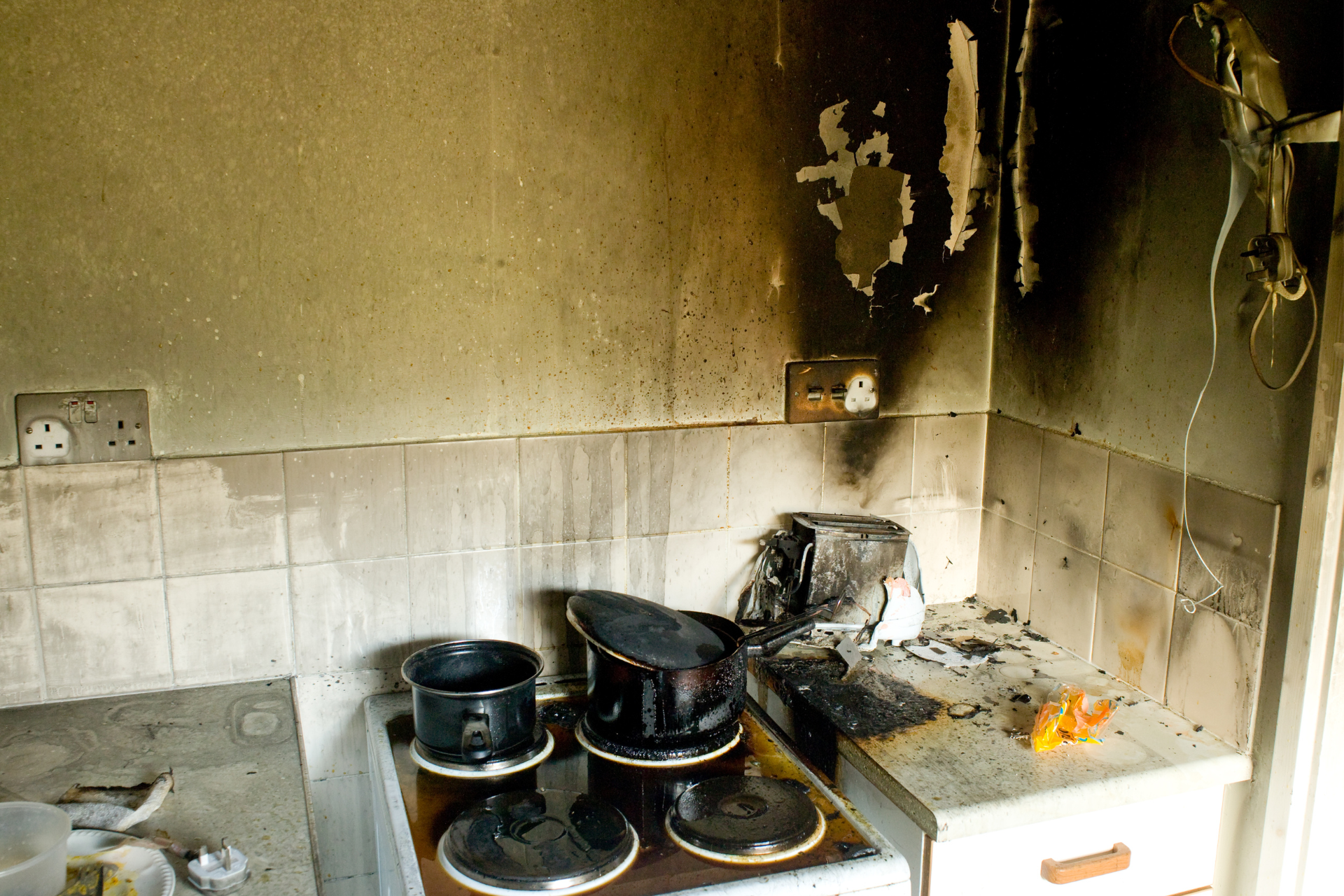
Utah Flood Guys is dedicated to providing fast and efficient disaster cleanup services for all your restoration needs. We understand the stress and heartache that can come from dealing with water damage, mold removal, or fire damage in your home or business. That's why we believe that prevention is key in avoiding these disasters altogether. In this blog post, we will focus on one of the most common household disasters – cooking fires in the kitchen. By following these kitchen safety tips, you can help prevent cooking fires in your Utah home and keep your loved ones safe.
1. Stay Alert and Focused
A cooking fire can happen in the blink of an eye if you're not paying attention. Avoid distractions while cooking, such as talking on the phone, watching TV, or leaving the kitchen unattended. Stay focused on the task at hand to prevent any cooking mishaps.
2. Keep Flammable Materials Away
Be mindful of where you place kitchen towels, oven mitts, and other flammable materials while cooking. Keep them away from stovetops, ovens, and any other heat sources to reduce the risk of them catching fire.
3. Install a Smoke Alarm
Make sure your kitchen is equipped with a working smoke alarm. Test it regularly and replace the batteries as needed. A smoke alarm can alert you to a cooking fire in its early stages, giving you valuable time to react and prevent the fire from spreading.
4. Keep a Fire Extinguisher Handy
Have a fire extinguisher readily accessible in your kitchen. Familiarize yourself with how to use it properly in case of a cooking fire. Remember the acronym "PASS" - Pull the pin, Aim at the base of the fire, Squeeze the handle, and Sweep from side to side.
5. Watch Your Clothing
Avoid wearing loose-fitting clothing while cooking. Sleeves that hang down or flow loosely can easily catch fire if they come into contact with a hot stove or flame. Opt for short or close-fitting sleeves to minimize this risk.
6. Stay Clear of Grease Fires
In the event of a grease fire, never attempt to extinguish it with water. Water will only cause the fire to spread and intensify. Instead, carefully cover the flames with a metal lid or baking sheet to smother the fire. Turn off the heat source and, if necessary, use a fire extinguisher to put out the flames.
7. Keep Kids and Pets Away
Children and pets are naturally curious and may not understand the dangers of a hot stove or oven. Keep them at a safe distance while cooking to prevent accidents and injuries. Consider installing safety gates to keep young children out of the kitchen while you're cooking.
8. Clean Your Appliances Regularly
Built-up grease and food debris on stovetops, ovens, and other kitchen appliances can pose a fire hazard. Clean your appliances regularly to prevent the accumulation of flammable materials and reduce the risk of a cooking fire.
By following these kitchen safety tips, you can help prevent cooking fires in your Utah home and protect your property from the devastating effects of fire damage. However, if you ever find yourself in need of disaster cleanup services due to a cooking fire or any other disaster, don't hesitate to contact Utah Flood Guys. Our team of professionals is here to help you restore your home or business to its pre-disaster condition quickly and effectively. Stay safe and take preventative measures to avoid kitchen fires in your home.
